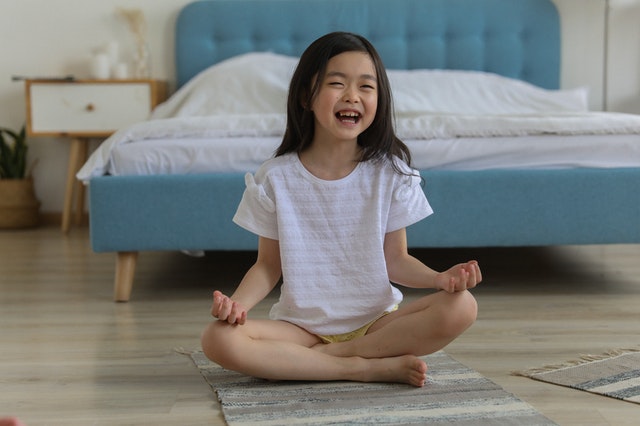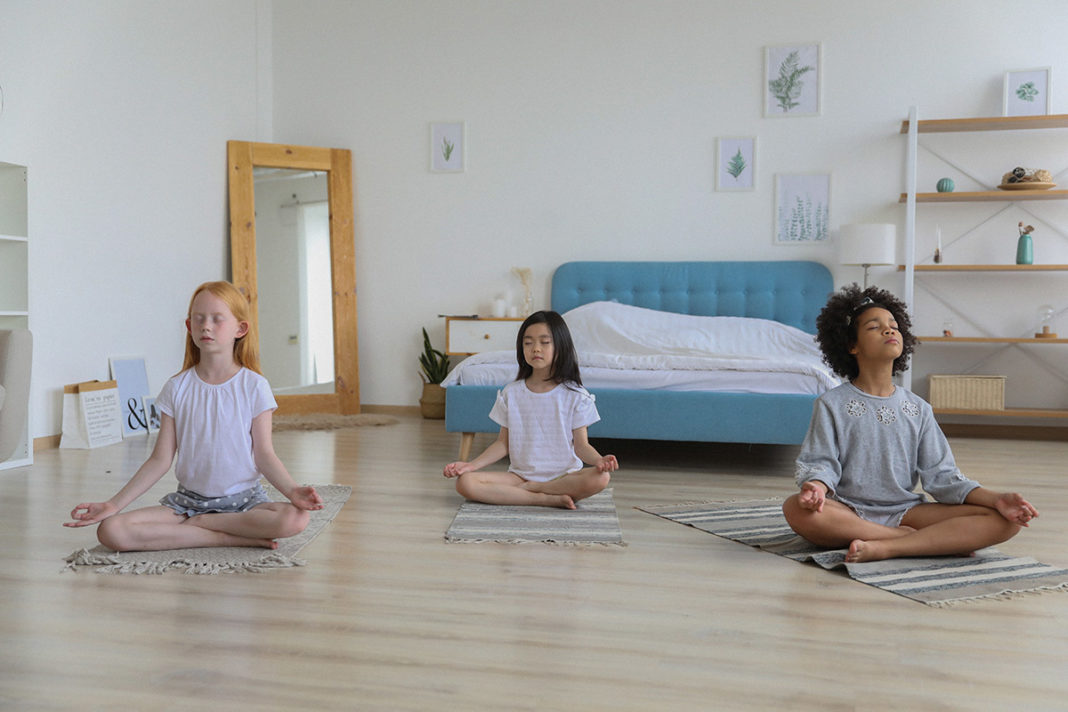Just like adults, children can suffer from stress and anxiety. This could be related to school, home life, friendships, and anything else that might be causing them to feel overwhelmed or uncertain. The Koeppen technique is an easy and fun relaxation method for children to practice. It takes children through a few exercises aimed at relaxing different muscle groups in the body.
The technique itself is based on the connection between physical and mental stress. When we relax the body, we relax the mind. It also brings us into the body and away from the mind – a great way for taking our attention away from any thoughts that may be causing us stress.
In this post, we’re going to discuss introducing the technique to your children as well as provide you with a script to get started!
How to practice the Koeppen technique
To help your child or children become familiar with the Koeppen technique, the best way is to guide them through the stages. You might like to do this by reading or creating a script, or by providing your child with a video or audio to listen to so that they can practice alone. You might also like to practice alongside them!
Once they’re familiar with the practice and depending on their age, children will be able to move through the stages of the Koeppen method alone. The beauty of this is that it makes the technique accessible to them whenever they need it.

The 4 stages of the Koeppen technique
Start by asking your child to find a comfortable seated position and to gently close their eyes if it feels good.
- Squeezing a lemon. “Imagine you have a lemon in your left hand. You have to squeeze all of the juice out of the lemon, squeezing it as hard as you can. Notice how your hand and arm feel while you’re squeezing the lemon. Now relax your arm. How does your left arm feel now? Does it feel more relaxed than before? Does it feel more relaxed than your right arm?” (Repeat on the other side)
- The lazy cat. “Imagine that you’re a lazy cat who wants to have a lovely stretch in the sunshine. Start by stretching your arms out in front of you, then lift them over your head. Stretch all the way from your shoulders to the tips of your fingers. Can you feel your shoulders and arms stretching? Then relax your arms by your sides. How do your arms and shoulders feel? Are they more relaxed than they were before?”
- The turtle. “You’re a turtle, sitting on a warm rock in the sunshine. But it’s windy outside and you want to hide in your shell. Bring your shoulders up to your ears to protect yourself, going as far into your shell as you can. Notice your neck and shoulders stretching as you hide in your shell. Now the wind has stopped, you can come slowly out of your shell. Notice how relaxed your neck feels now.”
- A piece of gum. You have an enormous piece of gum in your mouth that you want to chew. You have to use every muscle in your jaw to chew it. Bite hard on the gum, feeling how tense it’s making your jaw. Now stop chewing, and notice your jaw relax.
We hope you have found it useful and that you have discovered a new way to help your child counteract the stresses of everyday life. Tell us, have you heard of the Koeppen method before, what other relaxation practices do you use with your children? We look forward to hearing from you.













